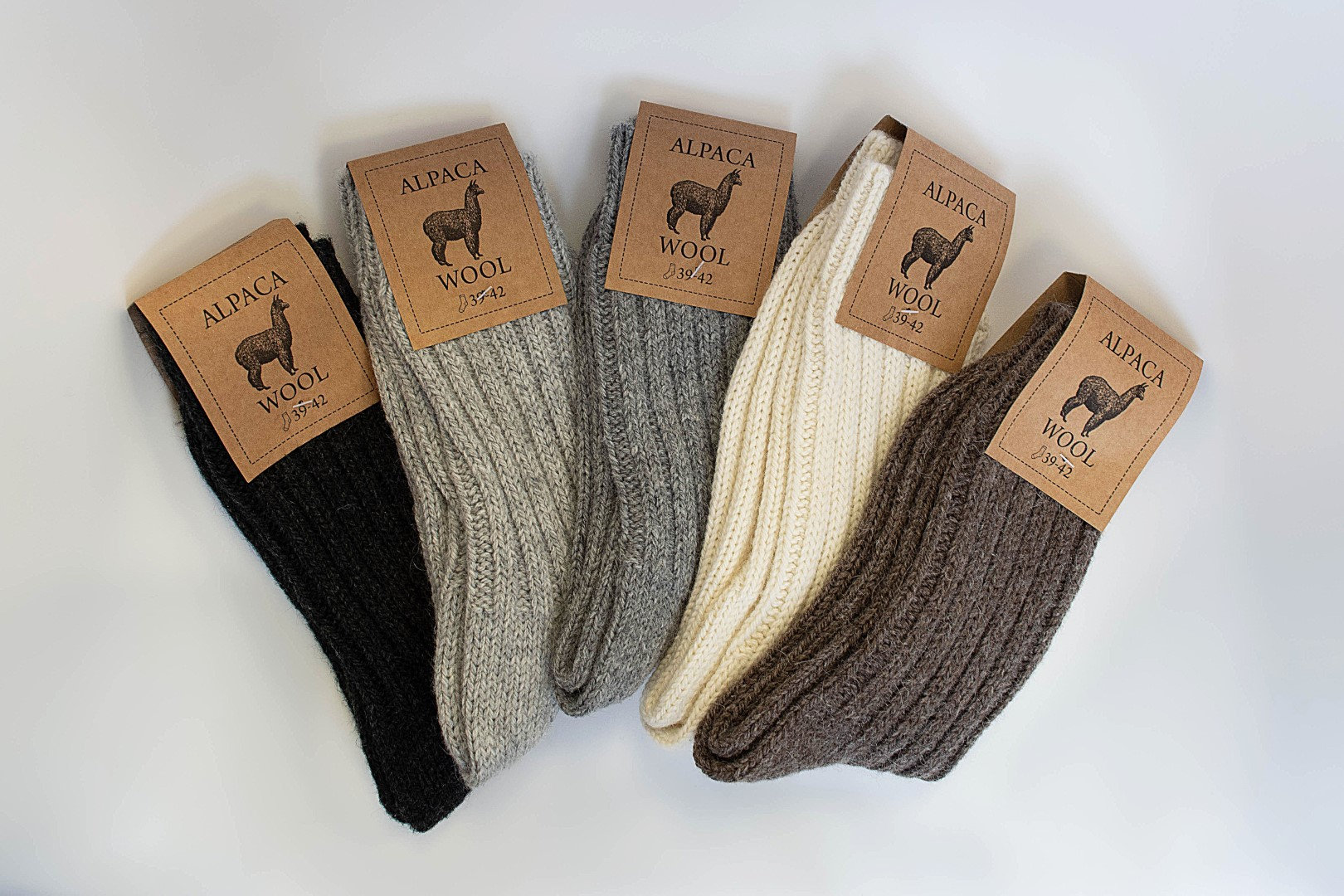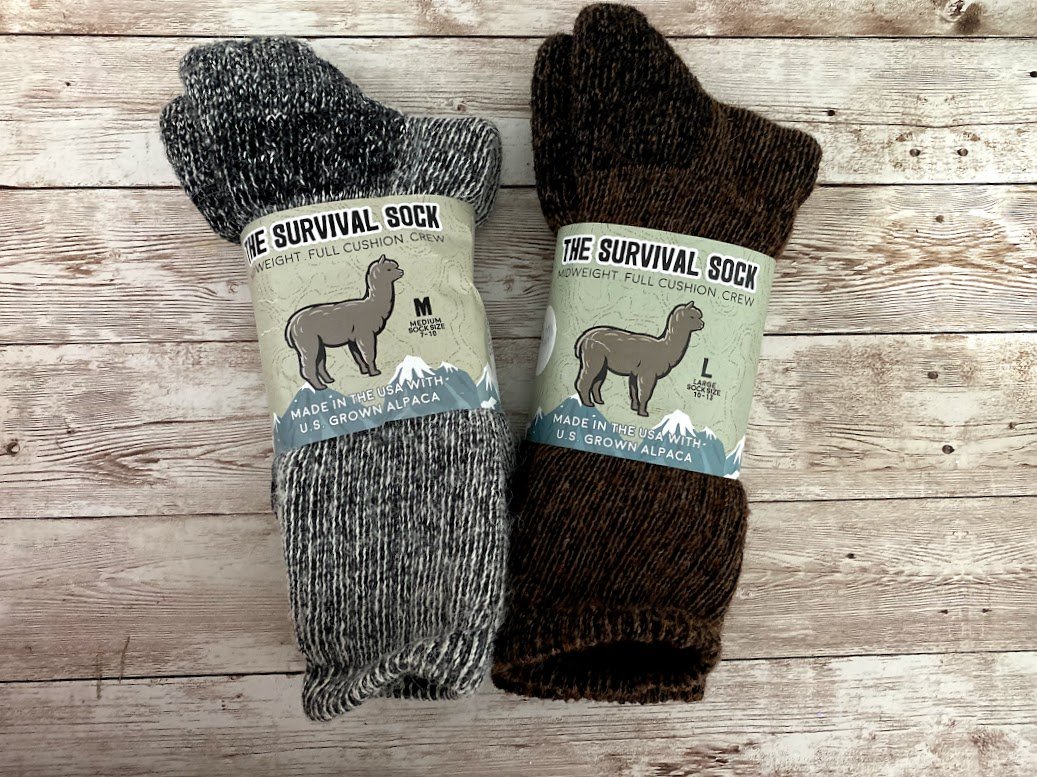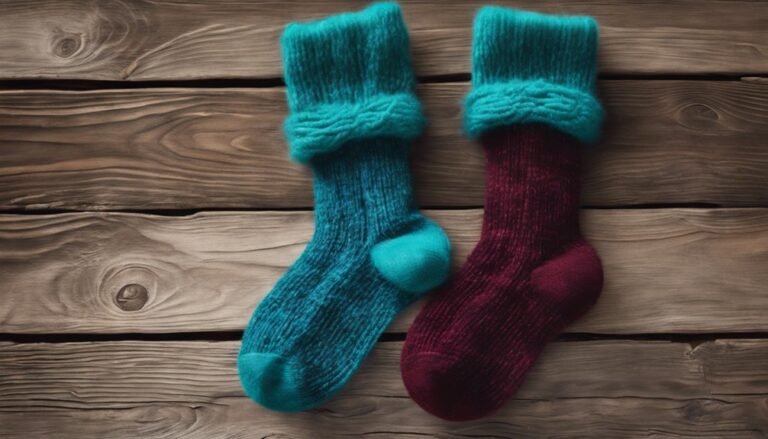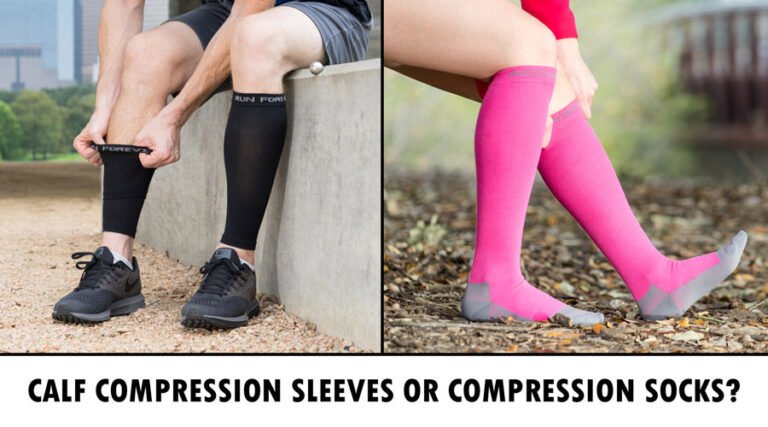Alpaca Vs Wool Socks: Which Offers Superior Comfort?
Alpaca and wool socks are two popular choices for keeping feet warm. Both offer unique benefits and have their own loyal fans.
Comparing alpaca and wool socks can help you decide which is best for you. Alpaca socks are known for their softness and warmth. They are also hypoallergenic, making them a good option for sensitive skin. Wool socks, on the other hand, are praised for their durability and moisture-wicking properties.
They keep feet dry and comfortable. Understanding the differences between these two materials can guide you in choosing the right socks for your needs. In this blog post, we will explore the qualities of alpaca and wool socks, helping you make an informed decision for your next sock purchase.
Material Composition
Choosing between alpaca and wool socks often comes down to material composition. Each fiber has unique characteristics that impact comfort, warmth, and durability. Let’s explore these in detail under the following subheadings:
Alpaca Fiber Characteristics
Alpaca fiber is known for its luxurious softness. It’s incredibly lightweight and stronger than wool. Alpaca fibers have a hollow core, which helps in insulation. This makes alpaca socks warmer without being bulky. The fibers are also hypoallergenic since they lack lanolin, making them ideal for sensitive skin.
- Softness: Comparable to cashmere.
- Strength: 3 times stronger than wool.
- Warmth: Superior due to hollow fibers.
- Hypoallergenic: No lanolin content.
Wool Fiber Characteristics
Wool is a versatile and durable fiber. It is naturally elastic and moisture-wicking. Wool socks are great for temperature regulation. They keep feet warm in winter and cool in summer. Wool also contains lanolin, which has antibacterial properties. This helps in reducing odors.
- Elasticity: Excellent stretch and recovery.
- Moisture-wicking: Keeps feet dry.
- Temperature regulation: Suitable for all seasons.
- Antibacterial: Helps in odor control.
Warmth And Insulation
When choosing socks for cold weather, warmth and insulation are key factors. Alpaca and wool socks are popular choices. Both materials offer unique thermal properties. This section explores the differences between alpaca and wool socks regarding warmth and insulation.
Thermal Properties Of Alpaca
Alpaca fibers are hollow. This unique structure traps heat effectively. Alpaca socks provide excellent insulation. They keep your feet warm in cold temperatures. Alpaca fibers are also lightweight. This makes the socks feel less bulky. Many find alpaca socks warmer than wool. The hollow fibers help manage moisture well. Your feet stay dry and comfortable.
Thermal Properties Of Wool
Wool fibers are crimped and interlocking. This structure creates air pockets. These pockets trap body heat. Wool socks offer good insulation. They keep your feet warm in chilly weather. Wool is also naturally moisture-wicking. It draws sweat away from the skin. This helps maintain warmth and dryness. Some wool types, like Merino, are softer. They provide comfort along with warmth.
Moisture Management
Choosing the right socks can make a big difference in comfort. Moisture management is a key factor. Socks that manage moisture well keep feet dry and comfortable. Let’s compare Alpaca and Wool socks in this regard.
Alpaca Moisture Wicking
Alpaca fibers have unique properties. They naturally repel water. This helps to keep feet dry. Alpaca socks wick moisture away from the skin. They push it to the outer layer of the fabric. This keeps feet dry and comfortable.
Alpaca fibers are hollow. They trap air and provide insulation. This keeps feet warm in cold weather and cool in hot weather. Alpaca socks are also hypoallergenic. They are a good choice for people with sensitive skin.
Wool Moisture Wicking
Wool is known for its moisture-wicking properties. Wool fibers absorb moisture and release it slowly. This helps to keep feet dry. Wool socks can absorb up to 30% of their weight in moisture. Yet, they still feel dry to the touch.
Wool fibers are also breathable. They allow moisture to escape. This helps to keep feet cool and dry. Wool socks are popular for their warmth and comfort. They are a great choice for outdoor activities and cold weather.

Durability And Longevity
When choosing between alpaca and wool socks, durability and longevity are essential factors. These qualities determine how long your socks will last and how well they will withstand wear and tear. Let’s explore the lifespan of both alpaca and wool socks.
Lifespan Of Alpaca Socks
Alpaca socks are known for their strength and resilience. The fibers in alpaca wool are longer and smoother than traditional wool. This structure makes them less prone to pilling and breaking. With proper care, alpaca socks can last several years. Their durability makes them a favorite for those who seek long-lasting comfort. They maintain their shape and softness even after many washes.
Lifespan Of Wool Socks
Wool socks are also durable but may not last as long as alpaca socks. Wool fibers are shorter and coarser, which can lead to pilling over time. Despite this, wool socks still offer good longevity. They are resilient and can handle regular wear. Proper care can extend their lifespan, but they may show signs of wear sooner than alpaca socks.
Allergy Considerations
When choosing between alpaca and wool socks, allergy considerations are important. Some people have sensitivities to certain fibers. This can cause discomfort or irritation. Understanding the differences in allergenic properties can help make an informed decision.
Hypoallergenic Nature Of Alpaca
Alpaca fibers are naturally hypoallergenic. This means they are less likely to cause allergic reactions. Alpaca lacks lanolin, a waxy substance found in wool. Lanolin can often trigger allergies in sensitive individuals. Those with sensitive skin may find alpaca socks more comfortable.
In addition to being hypoallergenic, alpaca fibers are smooth and soft. This reduces skin irritation. Alpaca socks are a great option for those with allergies or sensitive skin.
Potential Allergens In Wool
Wool fibers contain lanolin, which can cause allergic reactions. Lanolin is a natural oil produced by sheep. It helps protect and waterproof their wool. For some people, lanolin can lead to itching, redness, and discomfort.
Other potential allergens in wool include dust and mites. These can get trapped in the fibers. Even with washing, some people may still experience reactions. Wool socks might not be the best choice for those with allergies or sensitive skin.
| Feature | Alpaca Socks | Wool Socks |
|---|---|---|
| Hypoallergenic | Yes | No |
| Contains Lanolin | No | Yes |
| Softness | Very Soft | Soft |

Comfort And Softness
When choosing socks, comfort and softness are key factors. Alpaca and wool socks offer unique textures and experiences. Let’s explore the differences to help you decide.
Texture Of Alpaca Socks
Alpaca socks are known for their exceptional softness. The fibers are smooth and fine, making them gentle on the skin. Alpaca fibers lack lanolin, reducing the risk of irritation. This makes alpaca socks ideal for sensitive skin.
Many people describe alpaca socks as feeling like a luxurious blend of silk and cashmere. They provide a cozy and comfortable experience. The natural fibers also wick away moisture, keeping your feet dry and comfortable throughout the day.
Texture Of Wool Socks
Wool socks offer a different kind of comfort. They are slightly coarser than alpaca socks, but still provide a soft feel. The texture of wool socks can vary based on the type of wool used. Merino wool, for example, is known for its soft and smooth texture.
Wool fibers are naturally crimped, creating tiny air pockets. These pockets provide excellent insulation and cushioning. Wool socks are great for keeping your feet warm in cold weather. They are also highly breathable and help regulate foot temperature.
| Feature | Alpaca Socks | Wool Socks |
|---|---|---|
| Softness | Very soft, like silk and cashmere | Soft, varies by wool type |
| Skin Sensitivity | Ideal for sensitive skin | Good, but varies |
| Moisture-Wicking | Excellent | Good |
| Insulation | Good | Excellent |
| Breathability | High | High |
Choosing between alpaca and wool socks depends on your personal preference. Both offer unique benefits that cater to different needs. Whether you prefer the silk-like softness of alpaca or the insulating properties of wool, both options provide excellent comfort and softness.
Environmental Impact
When choosing between Alpaca and Wool socks, understanding their environmental impact is crucial. Both materials have unique properties and different effects on the environment. Let’s explore the sustainability of each.
Sustainability Of Alpaca
Alpaca wool is known for its eco-friendliness. Alpacas have a lower carbon footprint compared to sheep.
- They graze lightly, preserving the soil.
- Alpacas produce less methane.
- Their hooves are gentle on the land.
Farming alpacas uses less water and fewer chemicals. This makes alpaca wool a sustainable choice for eco-conscious consumers.
Sustainability Of Wool
Sheep wool also has sustainable aspects, but it comes with challenges. Sheep farming can lead to overgrazing.
- Overgrazing can cause soil erosion.
- Sheep produce more methane than alpacas.
- Wool production often uses pesticides.
Despite this, wool is biodegradable and renewable. Efforts are being made to improve wool farming practices.
| Aspect | Alpaca | Wool |
|---|---|---|
| Carbon Footprint | Lower | Higher |
| Methane Emissions | Less | More |
| Grazing Impact | Minimal | Possible Overgrazing |
| Water Usage | Low | Moderate |
Both alpaca and wool socks have their pros and cons in terms of sustainability. Understanding these can help you make an informed decision.
Cost And Availability
When choosing between alpaca and wool socks, the cost and availability are key factors. Both types offer unique benefits, but your budget and access to these materials can influence your decision. Let’s explore the price range and availability of alpaca and wool socks.
Price Range Of Alpaca Socks
Alpaca socks are often considered a luxury item. Their price reflects the premium quality and comfort they provide. Here is a general price range for alpaca socks:
- Basic Alpaca Socks: $15 – $25
- Mid-Range Alpaca Socks: $25 – $40
- High-End Alpaca Socks: $40 – $60
These prices can vary based on the brand, design, and the percentage of alpaca fiber used. Alpaca socks are not as commonly found in regular stores. You may need to look at specialty shops or online retailers. This can affect their overall availability.
Price Range Of Wool Socks
Wool socks are more widely available and come in various price points. They are generally more affordable than alpaca socks. Here is a typical price range for wool socks:
- Basic Wool Socks: $10 – $20
- Mid-Range Wool Socks: $20 – $35
- High-End Wool Socks: $35 – $50
Wool socks are easier to find in stores and online. Their widespread availability makes them a convenient choice for many. The prices can vary based on the type of wool, brand, and additional features like cushioning or moisture-wicking properties.
By comparing these price ranges, you can see that wool socks are generally more affordable and accessible. Alpaca socks, while more expensive, offer unique benefits that some may find worth the extra cost.

Frequently Asked Questions
Are Alpaca Or Wool Socks Better?
Alpaca socks are warmer, softer, and hypoallergenic. Wool socks are durable, moisture-wicking, and widely available. Choose based on preference and needs.
What Are The Disadvantages Of Alpaca Wool?
Alpaca wool can be expensive. It may not be as durable as other wools. Colors can fade over time.
Which Is Better, Alpaca Or Wool?
Alpaca is softer, lighter, and hypoallergenic. Wool is warmer, more durable, and easier to find. Choose based on your needs.
Can You Machine Wash Alpaca Socks?
You can machine wash alpaca socks on a gentle cycle with cold water. Use a mild detergent. Avoid using bleach or fabric softeners. Air dry them flat to maintain their shape and softness.
Conclusion
Choosing between alpaca and wool socks depends on your needs. Alpaca socks offer warmth and softness. Wool socks provide durability and moisture-wicking. Both types have unique benefits. Consider your activities and preferences. For hiking, wool may be better. For lounging, alpaca wins.
Both materials ensure comfort. Try both to see which you prefer. Your feet will thank you. Happy sock shopping!







